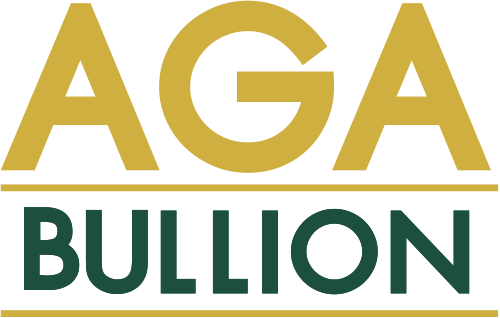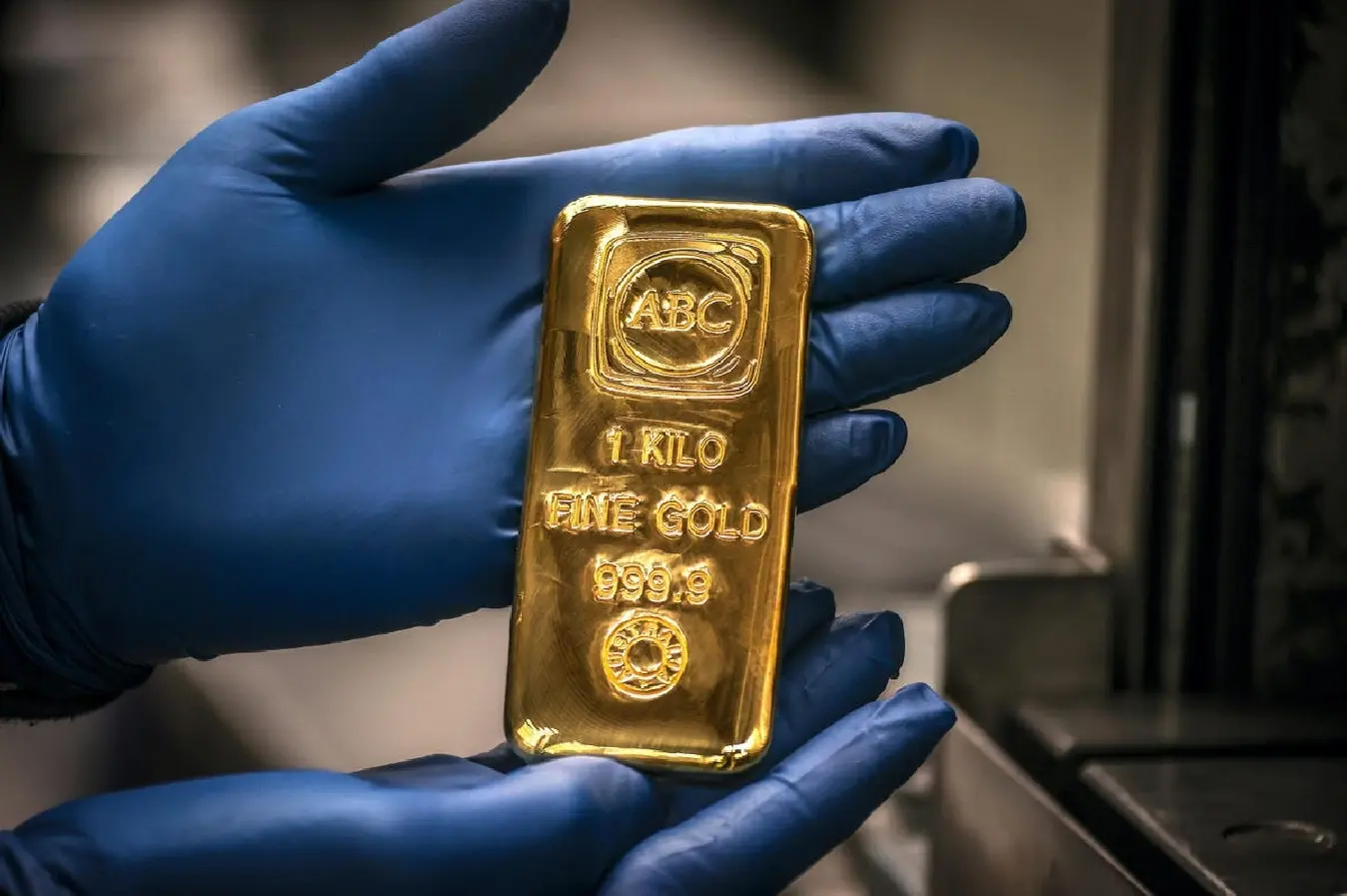A simple way to understand the GOFO is that effectively you are securing a loan of US Dollars. Your collateral for this loan is your gold, and the Gold Forward Offered Rate is the equivalent of an interest rate on this swap.
The London Bullion Market Association (LBMA) calls GOFO the gold equivalent of the London Inter-bank Offered Rate (LIBOR) – a basic average interest rate used by banks for loans.
GOFO is considered by some to be a key indicator in the global wholesale gold market. Since the US abandoned the gold standard in 1971, the world has technically moved to a dollar standard. All debts are ultimately settled in US Dollars, and gold can’t be used by central banks to settle debts - unless they are first sold to convert them to dollars.
The GOFO represents how much it costs to loan dollars on a swap basis for the gold a bank or financial organisation owns. This means if someone has gold and wants to borrow dollars, the GOFO would be the interest rate that is paid on that loan.
The GOFO is calculated as the difference between the US Dollar interest rate (LIBOR) and the gold lease rate (GLR). As an equation, GOFO = GLR – LIBOR. This is stated as a percentage, and is almost always positive, meaning the gold price for future delivery of gold is higher than the current spot price.
If the GOFO is negative, this means that it is cheaper to borrow against gold than dollars, and is very unusual. Generally speaking, it should be cheaper to borrow dollars for just dollars, without involving another commodity, however the GOFO has turned negative on several occasions in the past due to periods of high physical demand.
A negative GOFO is typically considered a sign of an impending rally. In 2008 for example, the GOFO turned negative, despite the global economy stalling. As the financial crisis became more apparent – and eventually undeniable – gold reached $1,000 per ounce in March 2008, yet with things worsening, the gold price began to drop. As a safe haven asset, gold should have been steadily rising but eventually dropped 25% to $750 per ounce in November 2008.
This drop in the gold price corresponded to the GOFO dropping from +2.75% to -0.08% in the same time period. The reason for the price drop was caused by banks running out of liquidity in dollars. Unable to meet their liquidity requirements, they turned to borrowing gold instead, and selling it immediately for dollars. The sudden surge in borrowing turned the GOFO negative; flooding the market with borrowed gold and lowering the price. This soon ended, with the stock markets crashing at the end of November, and gold began a rally that would last almost three years and set the then all-time gold price record in dollars.
The events of 2008 might suggest that GOFO is a good indicator of an impending gold price rally, but many analysts believe this is unlikely to be repeated. Since 2008, banks now accept other assets for the fulfilment of loans. Zero Interest Rate Policy (ZIRP) has also reduced the impact of the GOFO as an indication of rallies.
Indeed, the GOFO has turned negative occasionally since 2008, without corresponding gold price rallies. Near the end of the GOFO’s public life (in 2015) it reached -0.58%, but gold prices at the time were in the process of dropping following the peak of 2011. Therefore, although the GOFO can indicate a weakness in the financial system, it should not be considered an indicator of a gold rally anymore.
Publication of GOFO figures began in 1989, as a way to increase transparency in the gold trading markets. As a leading figure in the precious metals market, the LBMA used to publish GOFO figures for one, two, three, six, and twelve month loans every day.
This was stopped however on January 30th, 2015. GOFO still exists but is now privately quoted by dealers only, further reducing the GOFOs use as a market indicator.







